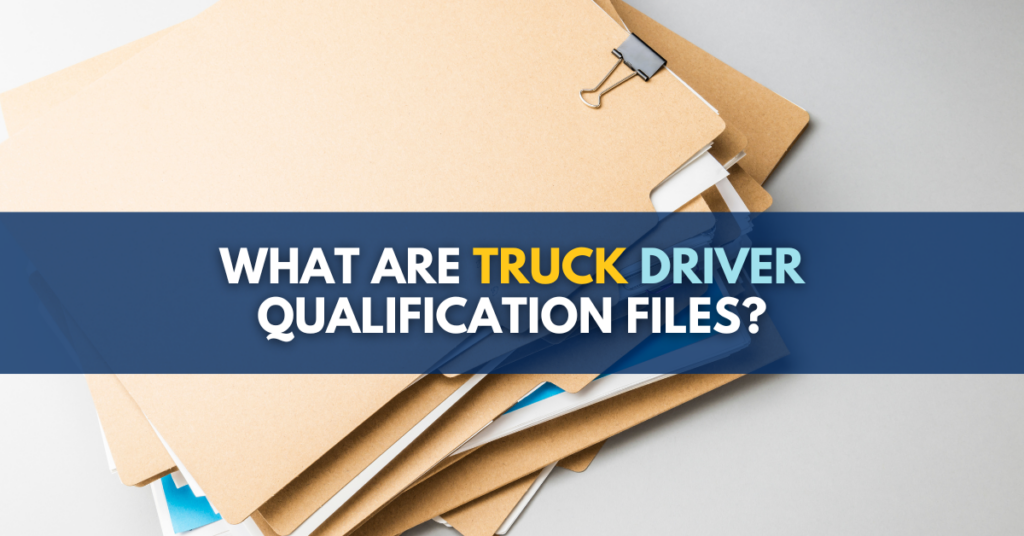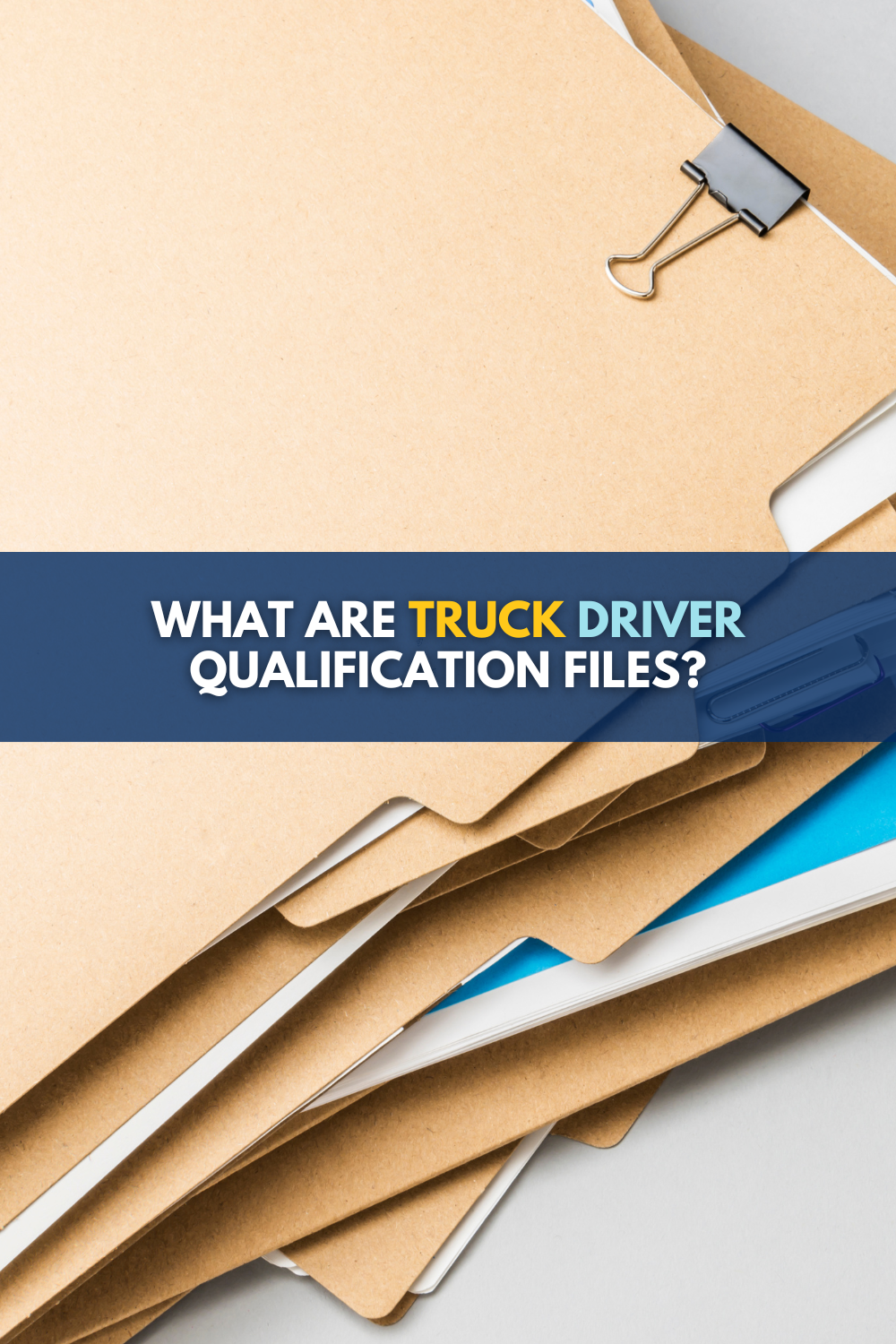
The Federal Motor Carrier Safety Administration (FMCSA) requires that trucking companies maintain a qualification file for all of their truck operators, and lay out what should be contained within the file
In the past, I was interviewed by the Michigan Lawyers Weekly newspaper about a truck accident trial verdict that I’d won for my clients which was ultimately affirmed by the Michigan Court of Appeals. One of the key points I made to the reporter was that most attorneys who litigate truck accident injury cases are missing the negligent hiring and negligent entrustment claims. The reason: They aren’t doing their legal homework and going through the driver qualification file of the truck drivers who injured their clients.
What is a Driver Qualification File?
The Federal Motor Carrier Safety Administration (49 CFR §391.51(a)) require that trucking companies maintain a driver qualification file (record-keeping requirement) for all of their truck drivers that operate vehicles with a gross vehicle weight rating/gross vehicle weight of 10,001 pounds or more and/or who transport hazardous materials.
What Is Required In A Driver Qualification File?
At a bare minimum, the following items are required in a driver qualification file (49 CFR §391.51(b)):
- The truck driver’s application for employment;
- The truckers motor vehicle record;
- A copy of the driver’s road test/certification (or a copy off a road test certificate if it is less than three years old);
- A photocopy of the trucker’s commercial driver’s license (CDL);
- The background investigation performed by the trucking company; and
- A medical examiner’s certificate.
Why FMCSA Regulation §391.51 Is Important
The regulation was put in place to prevent the hiring unsafe truck drivers who can be paid less than a driver with an excellent safe driving history, which is a perverse financial incentive for many companies to skip this regulation entirely.
Why The FMCSA Regulation §391.51 Is Important For Truck Accident Lawyers
Having the driver qualification file is one way for truck accident lawyers to check and make sure other regulations are being followed. The driver’s file is often a good place to find information about what kind of investigation (if any) the trucking company performed before putting their trucker behind the wheel of an 80,000 pound vehicle.
I’ve personally found from litigating these cases that motor carrier companies that are safe and care about safety will do a much more thorough background check before entrusting an 18-wheeler to a trucker who has a bunch of accidents on his driving record, for example.
Safe companies make sure truckers do not have serious traffic violations (like speeding, or reckless driving, etc.) and have not failed drug tests. They make sure the truckers they hire have proper credentials before even getting on the road.
Related to this, teamsters and other unions do a great job of protecting truck drivers from abuse, and rewarding safe drivers. This is one example of a success story of companies and unions working together where the public benefits directly. And safer truck drivers are paid more fair wages, and they’re protected from the kinds of pressure I often see as an attorney when they testify how they were forced to drive over service hours, or to skip inspections, or commit other safety violations by the company or the company’s safety director.
There will be a lot of information that can substantiate amending a lawsuit to add counts for punitive damages, or for negligent hiring and entrustment.
But first, lawyers who litigate these cases need to look.
How Long Do You Have To Keep Driver Qualification Files?
The motor-carrier employer is required to keep a driver’s file throughout the duration of the driver’s employment and for three years thereafter. (49 CFR §391.51(c))
Injured In A Semi-Trailer Crash? Call now for a free consultation.
If you were injured in a truck accident and wondering how the driver qualification file may impact your case, call Michigan Auto Law now (800) 968-1001 for a free consultation with an experienced semi truck accident lawyer from our law firm. There is no cost or obligation. You can also visit our contact page or use the chat feature on our website. Our attorneys can help you better understand your legal rights to sue for pain and suffering compensation as well as other non economic and economic damages.
Our law firm specializes in semi-trailer crash cases and receives referrals from attorneys all over the state and the U.S. Our attorneys have spoken at nearly 300 seminars and legal education programs throughout the country, educating other personal injury attorneys on how to handle these unique types of cases. Attorney Steven Gursten is a past-president of the American Association for Justice Truck Accident Litigation Group. Our law firm is also the only law firm in the state that has national board certification in truck accident law.






